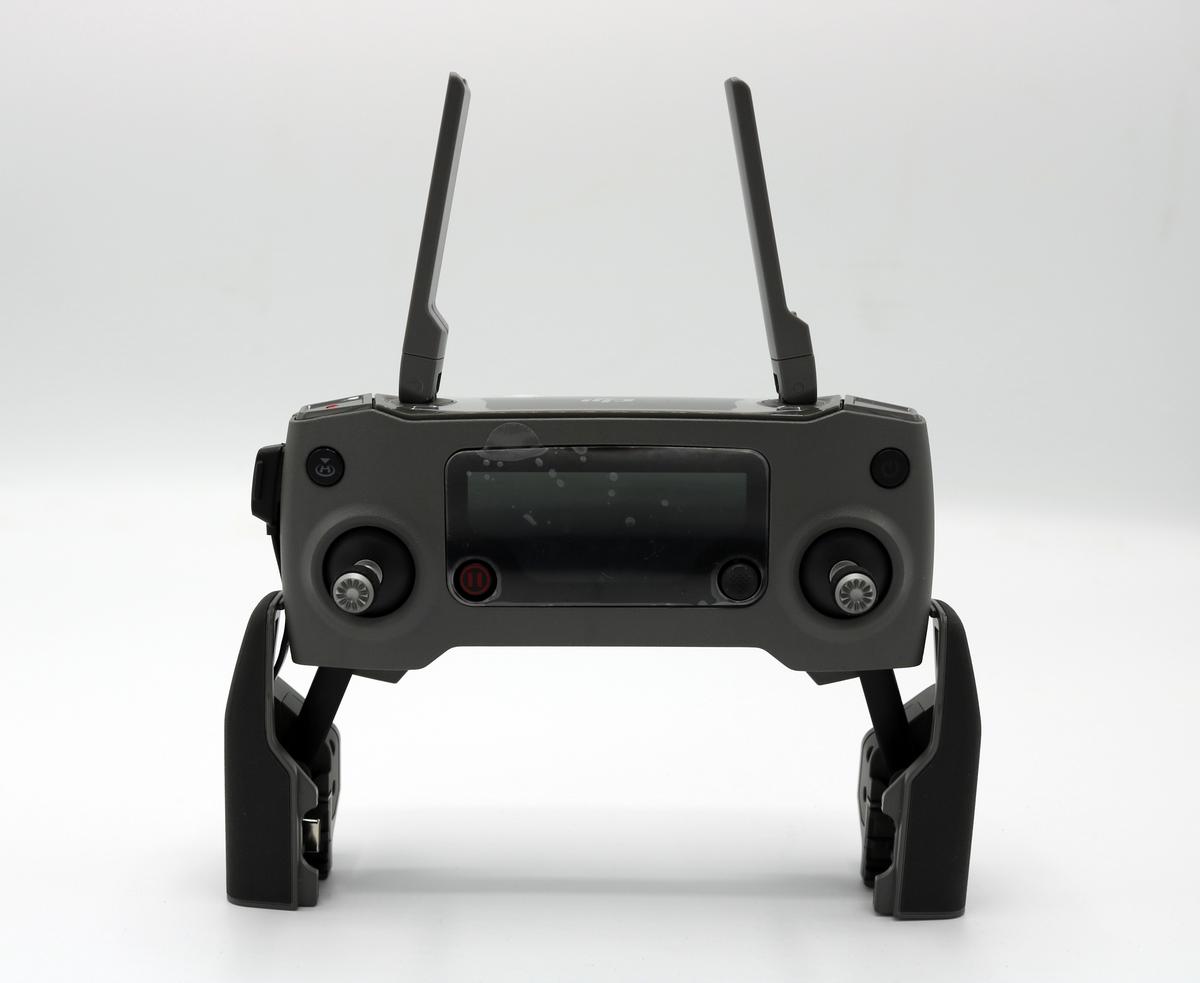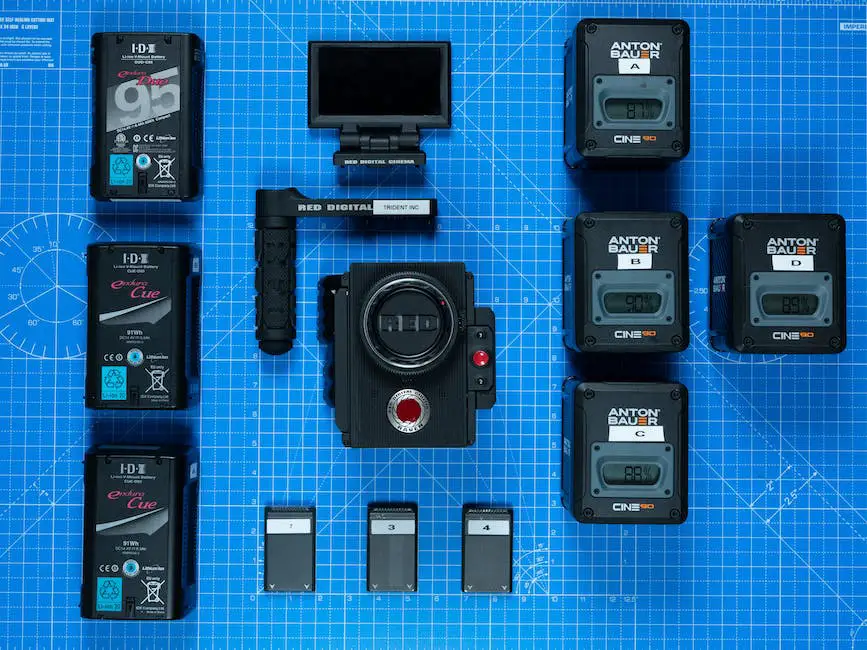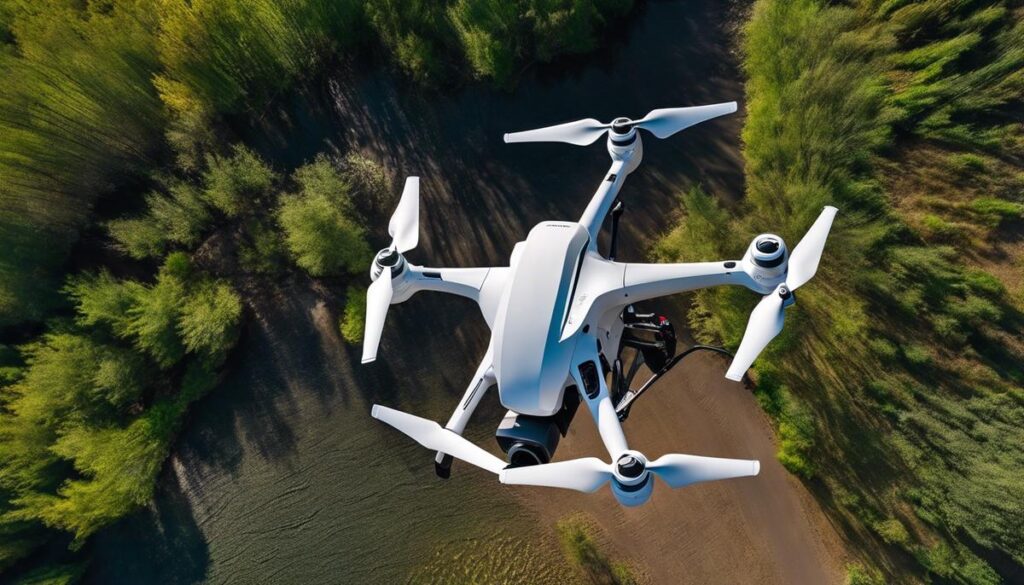As drone technology continues to grow at an exponential rate, understanding effective and efficient management of these cutting-edge devices has become crucial, particularly in terms of battery maintenance. With DJI leading the forefront in drone innovation, knowledge about their battery systems—types, anatomy, charge and discharge cycles—is undeniably essential. In this composition, we delve into the complexities of DJI battery basics, offering an in-depth understanding of the key role each factor plays in the drone’s overall performance. As we move along, we also explore numerous strategies to optimize battery usage, including the significance of optimal operation temperatures, calibration procedures, and effective ways to reduce power drain. Furthermore, we will provide guidelines on the safe and efficient methods for storing and transporting DJI batteries to ensure longevity and prevent damage, thereby enabling enthusiasts and hobbyists to make the most of their drone experience.
Understanding DJI Battery Basics
Title: The Nitty-Gritty of DJI Battery Operation: A Comprehensive Exploration
DJI, a front runner in the realm of drone technology, emphasizes a keen focus on the pulse of their machines: the battery. Tailored for durability, reliability, and extended operation, DJI batteries impact your drone’s performance dramatically. Here’s an unambiguous delve into the fundamental aspects you should know about DJI battery operation.
Firstly, understanding DJI batteries begins with recognizing what they are. They’re high-density lithium-polymer (LiPo) batteries, designed to provide substantial power within a lightweight frame – an impressive synthesis of potency and portability. Applicable to numerous drone models in the DJI stable, these batteries have capacities ranging from 2400 mAh to 6000 mAh, yielding varied flight times depending on drone model and battery capacity.
While comfortingly long-lasting, DJI batteries do come with a lifespan. Typically, you can expect an average of around 200 full charges, following which battery health will start to deteriorate. The good news? DJI provides a smart technology feature that helps monitor battery health, enabling optimal management of drone power.
Speaking of smart technology, DJI brings ‘intelligence’ to batteries. DJI batteries boast of Intelligent Flight Batteries – a technology that offers data on battery life, potential issues, real-time battery status, and prompts for when to recharge. With information about cell damage or power discrepancies, pilots can make smarter decisions, maximizing both drone safety and flight efficiency.
Additionally, charging DJI batteries involves straightforward, yet critical principles. Always use an approved DJI charger compatible with your drone model. Overcharging or incorrect charging can lead to decreased battery life and potential overheating issues. DJI recommends charging at room temperature for optimum battery health.
Also crucial in safeguarding DJI batteries involves the avoidance of voltage drops. Flying drones extensively in cold weather or till the battery completely drains can lead to irreversible voltage drops. DJI suggests the best practice involves maintaining a minimum 30% battery charge and use of drones in temperate climates for optimal functionality.
Finally, always remember, battery care and storage are paramount. Storing DJI batteries at around 50% charge in a cool, dry place can vastly enhance their health and lifespan.
With these points in mind, DJI drone pilots can maximize battery performance and longevity. Adherence to these guidelines can ensure a seamless, efficient, and gratifying flight experience. Thus, fundamental understanding and practice of DJI battery operation prove to be more than just a flight of fancy in ensuring drone health and safety.

Photo by we_are_rising on Unsplash
Optimizing Battery Usage
Perfecting the art of utilizing batteries for the greatest results is a crucial skill for every drone enthusiast.
Today, we delve into the effective usage strategies that significantly extend the life of DJI batteries. Ready to get more out of your drone battery? Let’s dig right in!
Firstly, consider the discharge and charge cycles. DJI drones typically have a built-in function known as “auto discharge,” which, when enabled, will slowly discharge the battery over a period of five to ten days. Using this feature is essential to keep your batteries healthy, especially if not in use for a long period. It is also good practice to fully discharge and recharge your batteries every 20 flight cycles, extending the longevity of the battery—this process “rebalances” the cells within the battery.
The second strategy refers to the operating temperature of the drone. Most, if not all, DJI drones function most effectively at temperatures ranging from 68°F to 104°F (20°C to 40°C). Cold weather decreases the efficiency of the chemical reactions within your DJI batteries, resulting in reduced battery life. A pre-flight warm-up in cold conditions—where batteries are kept at above 20°C before flying, can mitigate this.
Maintaining an optimal battery level during flights can significantly extend your battery life. It’s advisable never to allow the battery level to fall below 20%, as any lower can put a substantial voltage load on the battery. Ensuring a consistent voltage supply adds to the battery’s longevity, keeping drone operations smooth and unhindered.
It’s always tempting to squeeze the last minute out of a drone flight, but avoid draining your batteries completely. DJI drones are equipped with intelligent features that notify you when the battery is nearing a low level. Heeding these alerts and landing safely before draining the battery too much helps extend the battery’s lifespan.
When it comes to storage, never leave a fully charged battery inactive for more than 3 days. It’s recommended to store them at around 60% if not intending to use them for a while. Storage in a cool and dry environment is also necessary.
Finally, always be mindful of the software updates released by DJI. These updates often include improved power management systems, optimizing battery performance and extending their lifespan.
In conclusion, extending DJI battery life is not a complex task—practicing disciplined charging and discharging cycles, operating under optimal temperatures, and following alerts is key. Remember, handling these batteries is also handling the lifeline of the drone. Implementing these strategies effectively will ensure not just extended battery life but improved drone health and smooth operations always. Enjoy flying!

Battery Storage and Transportation
When talking about practices to store and transport DJI drone batteries, the focus is ensuring maximum efficiency and safety. There are specific actions to implement that cater to these requirements, beyond the knowledge of the battery’s operation and proper charging habits. Let’s dive straight in to dissect these best practices.
Firstly, regarding storage, if you’re not going to use your DJI batteries for a long period (around 10 days), you’ll want to discharge them to approximately 40-60%. This level is the optimal state of charge for long-term storage, safeguarding the health of the battery.
Storing batteries at too high or low a charge level for extended periods can lead to irreversible damage and reduced lifespan. A fully charged battery that’s left unused for a long time will start to discharge itself after about ten days, but depending on the storage temperature, it can enter a deep discharge state which damages the battery.
For physical storage, DJI recommends keeping the batteries in a cool, dry environment. They should be stored away from sources of high heat or extreme cold. A temperature-controlled room, preferably in the range of 22–28°C (72–82°F), offers the best conditions for storage.
Regardless of how long you’re storing them, it’s crucial to check on them regularly. Batteries left for more extended periods may enter hibernation mode. In such cases, the battery can be activated by connecting it to the charger.
In terms of transportation, extra care should be taken given the sensitive nature of these batteries. Lithium-polymer batteries are considered hazardous materials for air transportation and must be handled appropriately. DJI drone batteries should be put in travel mode, which will discharge them to a safe level for transportation.
When flying, it’s crucial to use their original packaging or a specialized case. They should be carried in carry-on baggage if on a passenger aircraft. Several aviation authorities and aircraft providers also demand that any terminals or connectors are covered. Always check and follow the latest regulatory requirements for transporting batteries.
Furthermore, never transport or store your batteries with metallic objects. Metal objects can bridge the terminals, leading to short circuiting, overheating, or even triggering a fire.
Finally, whether you’re storing or transporting your batteries, always keep them dry. Water or any other liquid forms can seriously damage the batteries and cause a failure or even a safety hazard.
Keeping your DJI drone’s batteries healthy and safe is not just about following the correct charging and discharging procedures. How they’re stored and moved around is equally important to ensure they serve you longer without posing any risk. Stick to the best practices, experience optimal drone performance, and most importantly, maintain safety. Technology does not need to be daunting if you handle it accurately and responsibly.

As we sail through the entertaining and technologically advanced world of drones, mastering the aspects of battery maintenance signifies a significant leap towards a more beneficial and fulfilling drone adventure. The adept knowledge of DJI battery basics, efficient usage strategies, and reliable storage and transportation methods covered in the contents serve as powerful tools in maintaining and extending the life expectancy of DJI drone batteries. This knowledge not only enhances your overall drone experience but also contributes to the better performance, longevity, and safety of your device. Thus, by investing time and effort in understanding these principles, you are carving a path to becoming a well-rounded drone enthusiast, poised to extract maximum efficiency and joy from your DJI drone.
Originally posted 2024-01-03 01:06:00.




